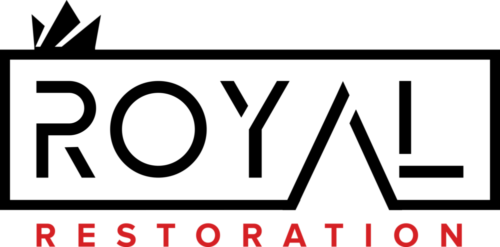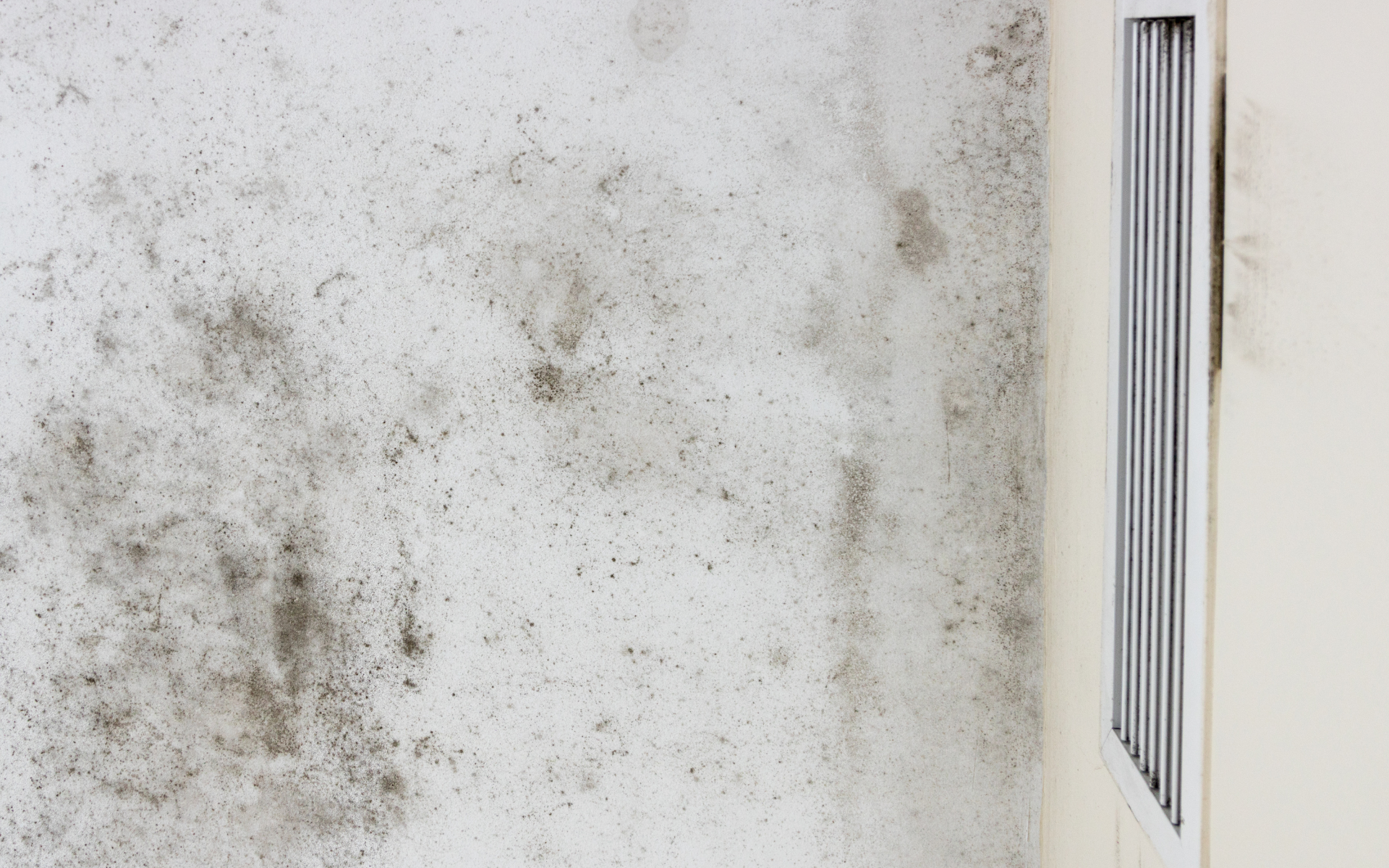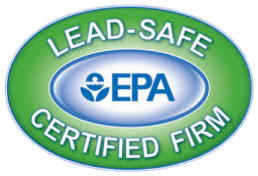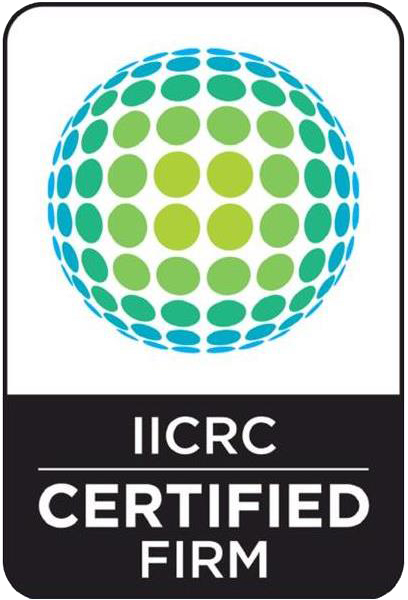Nothing ruins a home’s ambiance like mold. That musty smell, damp basement, and spotted surfaces indicate bigger health problems elsewhere. Mold thrives on excess moisture and can pose health hazards. Take proactive steps toward mold prevention today to keep your house comfy and safe.
Dealing with mold isn’t just about fixing problems – it’s about stopping them before they start. As a restoration company that’s seen it all, we know that the best approach to a fresh, healthy home is prevention.
Why Mold is a Serious Problem: Key Signs & Risks
While some signs of mold problems are obvious, others can be subtle and easy to miss. Understanding these warning signals helps you take action before a small issue turns into a serious problem. Here are 7 key indicators and health risks you should keep on your radar:
Persistent Musty Odors
That distinctive earthy, damp smell isn’t just unpleasant – it’s often your first warning sign of hidden mold. If you notice this smell, particularly in basements, bathrooms, or poorly ventilated areas, it’s time to investigate further. The stronger the smell, the more likely you have a significant mold problem.
Unexplained Health Symptoms
Feel fine everywhere except at home? Frequent headaches, persistent coughing, or worsening allergies that seem to improve when you’re away could be your body’s way of warning you about mold exposure. Pay special attention if multiple family members experience similar symptoms.
Water Damage & Humidity Issues
Previous leaks, flooding, or ongoing condensation problems create perfect conditions for mold growth. Look for water stains, bubbling paint, or warped materials – these areas are prime spots for mold to take hold. Even if you don’t see mold in your home yet, these conditions need addressing to prevent future problems.
Respiratory Complications
People with asthma or existing respiratory conditions may find their symptoms worsen significantly when mold is present. Watch for increased wheezing, difficulty breathing, or more frequent asthma attacks, especially in children or elderly family members.
Structural Damage
Left unchecked, mold doesn’t just grow on surfaces – it can actually eat away at materials like drywall, wood, and ceiling tiles. What might start as a cosmetic issue can eventually compromise your home’s structural integrity, leading to costly repairs.
Best Mold Removal Control Tips
After years of helping homeowners tackle moisture problems, we’ve learned that the most effective mold removal strategy is a proactive one. Let’s dive into some practical solutions:
1. Control Indoor Humidity
The first line of defense against mold is controlling humidity inside your home. Mold needs humidity levels over 40% to grow. By a high humidity, meter keeping indoor air drier, mold can’t proliferate. Use hygrometers or smart home sensors to track humidity levels room by room. This lets you spot problem areas and take corrective steps, avoiding mold everywhere. Overall indoor humidity should stay below 50%.
Portable or HVAC dehumidifiers remove excess moisture from the air. Set units to maintain humidity under 45%. Empty the reservoir regularly. Properly vented ceiling fans in the kitchen, bathroom, and laundry room remove humid air when cooking, showering, and doing laundry. Let exhaust fans run for 20 minutes after activities.
Central air conditioning dries the air by removing condensation. Keeping AC on when needed (not just when hot) helps control humidity. Introduce fresh dry air indoors by opening windows and using attic/whole house fans when outdoor humidity is lower than indoor levels. While some areas of your home are more susceptible than others, these mold removal techniques can help you maintain a healthier living environment.
2. Fix Any Moisture Sources
Excess moisture allows mold colonies to thrive. Eliminate water intrusion and leaks promptly to remove water damage, avoiding mold growth‘s life source and preventing moisture.
Dripping pipes, water heaters, sinks, and toilets introduce moisture. Fix any leaks immediately to avoid moisture buildup. Watch for wet spots or discoloration indicating leaks. Sloped soil and proper drainage like rain gutters should move water away from your home’s foundation. Prevent moisture collecting and puddling near the structure.
Insulate water supply pipes and the HVAC system and ducts to prevent condensation. Test for extra humidity near cold water pipes. Look for cracks or holes in the foundation allowing outdoor moisture to penetrate. Use hydraulic cement to seal openings and direct water away. Inspect the roofing, flashing, eaves, and skylights to ensure no water invasion due to aging, storms, or pests. Repair right away.
3. Choose Mold Resistant Building Materials
Building materials vary in how easily they allow mold growth in wet areas. Using mold-resistant products reduces the risks of mold growing in commercial buildings, especially in damp areas.
Drywall boards like DensArmor Plus incorporate fiberglass facing that resists mold growth. It costs slightly more than regular drywall. Use waterproof vinyl, porcelain tile, or rubber floors over moisture-trapping materials like carpeting for basements, bathrooms, and laundry rooms.
Under siding, specialized sheathing with mold inhibitors helps prevent mold. Brands like ZIP System sheathing have added protection preventing mold. Primers and paints containing EPA-registered mold-blocking additives inhibit mold growth on painted surfaces like exterior siding.
4. Dry Clothes Outside
One of the biggest culprits behind mold problems lurking in homes is actually something we do every week – drying laundry indoors. When we hang wet clothes inside, especially during cold months, we’re basically creating a perfect storm of warm, damp conditions. Each load of washing and drying clothes releases nearly 2 liters of moisture into your home, turning your living space into an ideal environment for mold to thrive. This extra moisture leads to condensation on windows, walls, and even behind furniture where air doesn’t circulate well.
While using a washing machine or tumble dryer is convenient, try to dry your clothes outside whenever possible. If you must dry indoors, open windows to improve ventilation or use a dehumidifier to combat excess moisture. For those rainy days when outdoor drying isn’t an option, make sure your dryer is properly vented to the outside – a poorly vented dryer can pump all that humid air right back into your home, setting the stage for mold growth.
5. Maintain Cleanliness to Prevent Mold Growth
While moisture allows mold to grow anywhere, mold obviously thrives on surfaces with many materials containing organic material to produce moisture. Practicing clean habits curtails mold.
Dirty HVAC equipment causes condensation and clogs. Keep coils, drip pans, ducts, and vents clean. Dust on surfaces feeds mold. Frequently dust window sills, ceiling fans, drywall, carpet edges, and other dust collectors.
Periodically disinfect and scrub sinks, showers, tubs, and tile using hydrogen peroxide, vinegar, or other non-toxic cleaners to remove grime before it grows mold. Thoroughly dry out any water spilled or leaked indoors right away to avoid musty smells. Soaking up water prevents absorption into porous materials.
6. Mold Removal Solutions
If mold takes hold, address it quickly to reduce moisture and prevent worsening and spreading spores. Protect yourself by wearing PPE. Mix 1 cup bleach per 1-gallon water. Never mix chlorine bleach with ammonia. Spray onto non-porous surfaces and scrub to kill mold. Rinse thoroughly. Throw out any other, moldy surfaces or hard surfaces: carpeting, drywall, insulation, or ceiling tiles. Porous items carry spores even after cleaning.
Use a High-Efficiency particulate-filtered vacuum to remove mold spores from non-porous surfaces without blowing them around. Run dehumidifiers, fans, and AC to dry out the airflow in the area quickly. Keep air and windows open and circulating until heated air is thoroughly dry.
With proactive moisture control, proper ventilation, and prompt cleanup of any mold outbreaks, you can keep mold at bay and enjoy a fresh interior environment. No more funky smells or worrying about hidden mold!
7. Call a Professional Mold Removal Company
If you’re noticing persistent musty odors or visible mold growth and aren’t sure how to tackle the problem, don’t take chances with your Indoor Air Quality. A professional home inspector or indoor air quality consultant can properly assess the situation, identify hidden moisture sources, and recommend the most effective solutions. Remember, what you see on the surface might only be a small part of a bigger problem lurking behind walls or under floors.
At Royal Restoration, we understand mold issues can be overwhelming, but you can count on us for effective and professional cleanup and restoration. Our certified technicians use advanced equipment and proven techniques to not only remove visible mold but also address the root cause of the problem to prevent future growth.
Final Thoughts
Preventing indoor mold growth starts with limiting the moisture mold spores feed on. Fix any plumbing leaks immediately and route clothes dryer exhaust outside to reduce household humidity. Use fans, dehumidifiers, and open windows to increase circulation and pull fresh air through damp basements or any crawl space, spaces prone to condensation from vapor.
Installing humidity meters helps monitor trouble areas early. Have HVAC systems inspected annually to ensure heated air circulation reaches all rooms adequately without moisture problems. Look for hidden water leaks behind walls that lead to black mold infestations and worsening health issues over time. Stay diligent in regularly cleaning bathrooms, walls, and laundry areas with mold-killing bleach solutions.
Don’t let mold compromise your home’s health and safety any longer. Call Royal Restoration for Fast, Affordable Mold Removal Services Today. We’re here to help restore your peace of mind and create a healthier living environment for your family.



